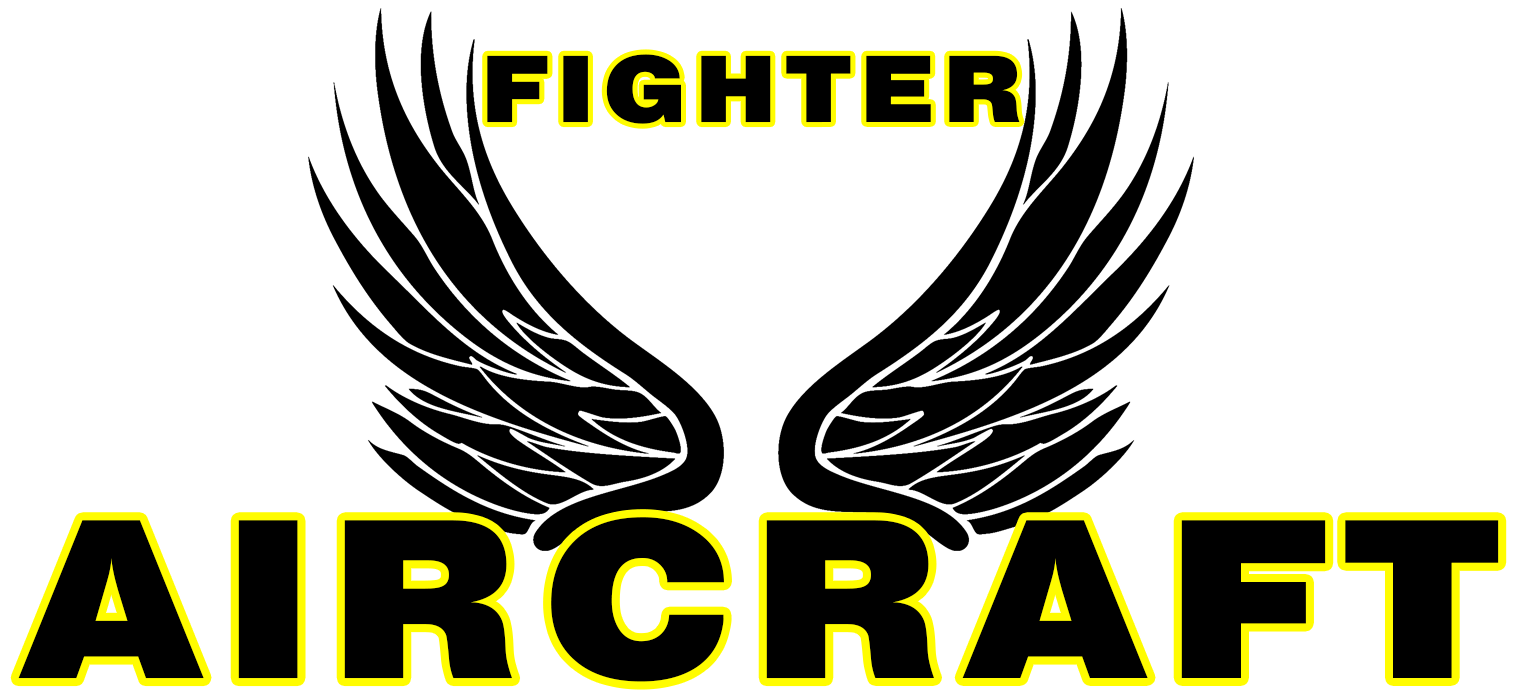The ultimate showdown: air force pilots vs navy pilots!

Welcome to Fighter Aircraft World! In the high-flying world of military aviation, the air force pilots and navy pilots stand out as elite warriors who soar through the skies with precision and skill. These brave men and women undergo rigorous training and face unique challenges based on their branch of service. Join us as we delve into the differences between air force pilots and navy pilots, exploring their roles, responsibilities, and the distinctive characteristics that set them apart in the thrilling realm of Fighter Aircraft.
- Air Force Pilots: The Elite Aviators
- Navy Pilots: Masters of Naval Aviation
- Combat Missions: Air Force vs Navy
- Training and Equipment: A Comparison
- frequently asked questions from Fighter Aircraft readers
- What are the main differences between air force pilots and navy pilots in terms of training and missions when it comes to Fighter Aircraft?
- How do the responsibilities and roles of air force pilots differ from those of navy pilots in the context of Fighter Aircraft operations?
- What are the advantages and disadvantages of being an air force pilot versus a navy pilot when flying Fighter Aircraft?
- How does the selection process for air force pilots compare to that of navy pilots in the Fighter Aircraft field?
- In what ways do air force pilots and navy pilots collaborate or compete when operating Fighter Aircraft in joint missions or exercises?
Air Force Pilots: The Elite Aviators
Air Force pilots are renowned for their extensive training, precision flying skills, and advanced technological knowledge. They are considered the elite aviators in the military world, excelling in air-to-air combat missions and strategic bombing operations. Their rigorous selection process and continuous training ensure that only the best of the best become Air Force pilots.
Navy Pilots: Masters of Naval Aviation
Navy pilots are experts in operating aircraft from aircraft carriers, requiring exceptional precision and skill. They are the masters of naval aviation, conducting missions at sea and over land with equal proficiency. Navy pilots undergo specialized training to handle the unique challenges of carrier-based operations and are highly respected for their versatility.
Combat Missions: Air Force vs Navy
In combat missions, Air Force pilots typically focus on air superiority and precision strikes, utilizing advanced fighter aircraft to engage enemy targets. On the other hand, Navy pilots excel in both air-to-air combat and providing close air support to ground troops, showcasing their adaptability and versatility in various mission scenarios.
Training and Equipment: A Comparison
Air Force pilots undergo extensive training in high-performance aircraft and cutting-edge technology, preparing them for complex aerial operations. Navy pilots, on the other hand, receive specialized training in carrier operations and maritime warfare, honing their skills to operate in challenging naval environments. Both branches provide their pilots with top-of-the-line equipment and resources to ensure mission success.
frequently asked questions from Fighter Aircraft readers
What are the main differences between air force pilots and navy pilots in terms of training and missions when it comes to Fighter Aircraft?
Air force pilots typically undergo training that focuses more on aerial combat tactics and operations in land-based environments, while Navy pilots receive training that includes carrier operations and maritime missions such as anti-submarine warfare and close air support for naval forces.
How do the responsibilities and roles of air force pilots differ from those of navy pilots in the context of Fighter Aircraft operations?
Air force pilots are typically responsible for air superiority missions and ground attack operations, while navy pilots focus more on carrier-based operations and maritime missions.
What are the advantages and disadvantages of being an air force pilot versus a navy pilot when flying Fighter Aircraft?
Advantages of being an air force pilot include specialized training in air combat tactics and a focus on high-performance aircraft. Disadvantages may include limited experience in maritime operations and carrier-based operations compared to navy pilots.
How does the selection process for air force pilots compare to that of navy pilots in the Fighter Aircraft field?
The selection process for air force pilots and navy pilots in the Fighter Aircraft field typically involves similar criteria such as physical fitness, academic performance, and aptitude tests. However, the specific training and requirements may vary based on the branch of the military and the type of aircraft they will be flying.
In what ways do air force pilots and navy pilots collaborate or compete when operating Fighter Aircraft in joint missions or exercises?
Air force pilots and navy pilots collaborate by sharing information, coordinating tactics, and providing mutual support in joint missions or exercises. However, they may also compete for leadership roles, target engagements, or mission success to showcase their skills and capabilities.
In conclusion, air force pilots and navy pilots both play crucial roles in operating Fighter Aircraft, each with their own unique set of skills and responsibilities. While air force pilots focus more on air-to-air combat and precision strikes, navy pilots excel in carrier landings and maritime operations. Ultimately, both branches work together seamlessly to ensure the defense and security of our skies and seas.

You liked this publication The ultimate showdown: air force pilots vs navy pilots! See more here General.
